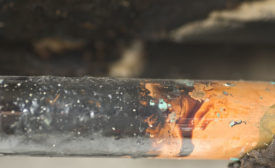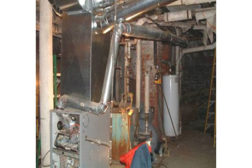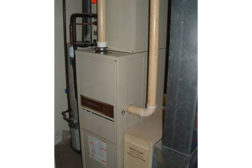Articles by Eric Kjelshus
Who would have thought that an unsightly chimney provided clues to the source of a hidden gas leak?
Read More
Chimney Fundamentals: The Science of Venting Flue Gases - Part 3
How to Keep Your Customers Safe as Well as Comfortable
Read More
Chimney Fundamentals: The Science of Venting Flue Gases - Part 2
How to Keep Your Customers Safe as Well as Comfortable
Read More
Chimney Fundamentals: The Science of Venting Flue Gases - Part 1
How to Keep Your Customers Safe as Well as Comfortable
Read More
Copyright ©2024. All Rights Reserved BNP Media.
Design, CMS, Hosting & Web Development :: ePublishing



